Water always seems to attract birds no matter where it is. Birds can always be found in lakes, ponds, birdbaths, and even in puddles after the rain. This post explores the mysteries of how birds find water and also looks at some unexpected places they get water from.
Birds find water by sight and also by sound. They have very good eyesight and can easily spot bodies of water from above. Moving water also attracts birds, suggesting that they are using their hearing to find water also. Birds also remember places where they have found water previously.
Read on to discover more amazing information about how birds find water.
A Birds-eye View To Find Water
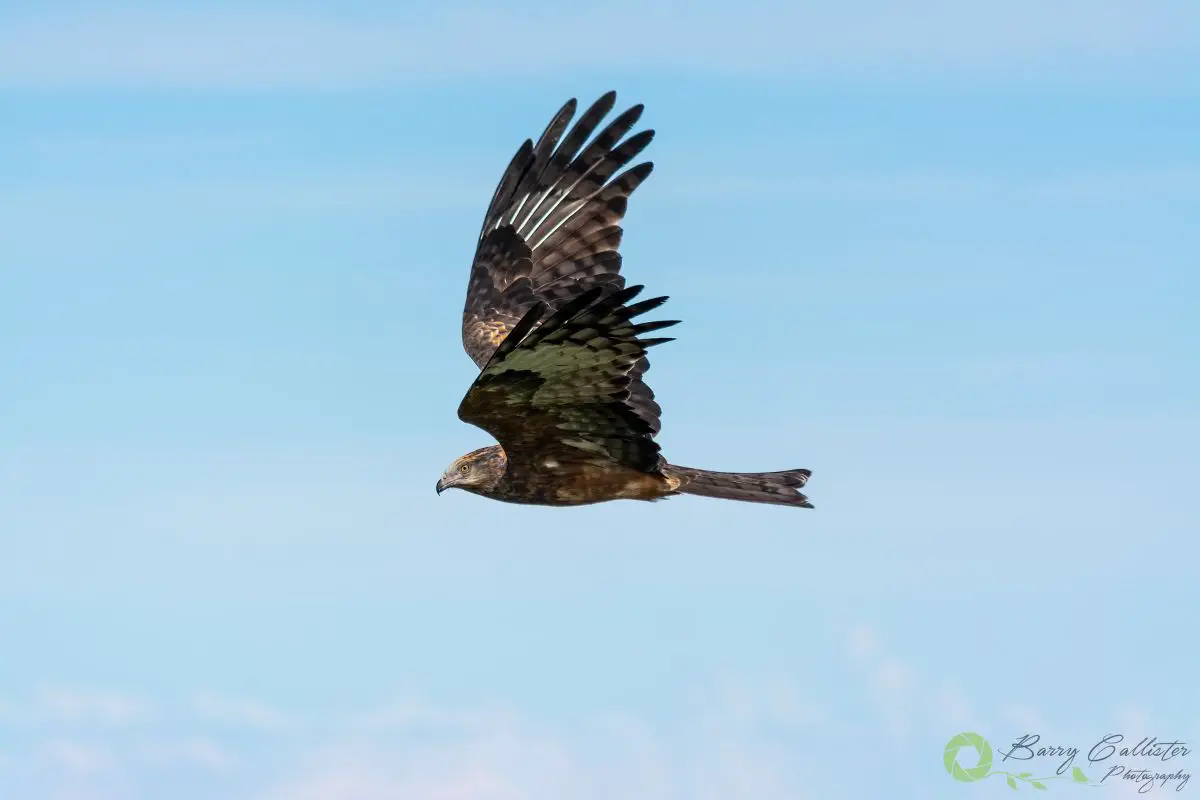
It is not often as humans that we get the chance to see the world from above the way most birds do every day. Getting an elevated view of their environment helps birds to easily see bodies of water such as ponds, lakes, and other things.
Looking at the elevated view from Google Earth below, you can see that bodies of water stand out from the landscape. If we could see the world from this view, we would easily find ponds, lakes, or dams as well.
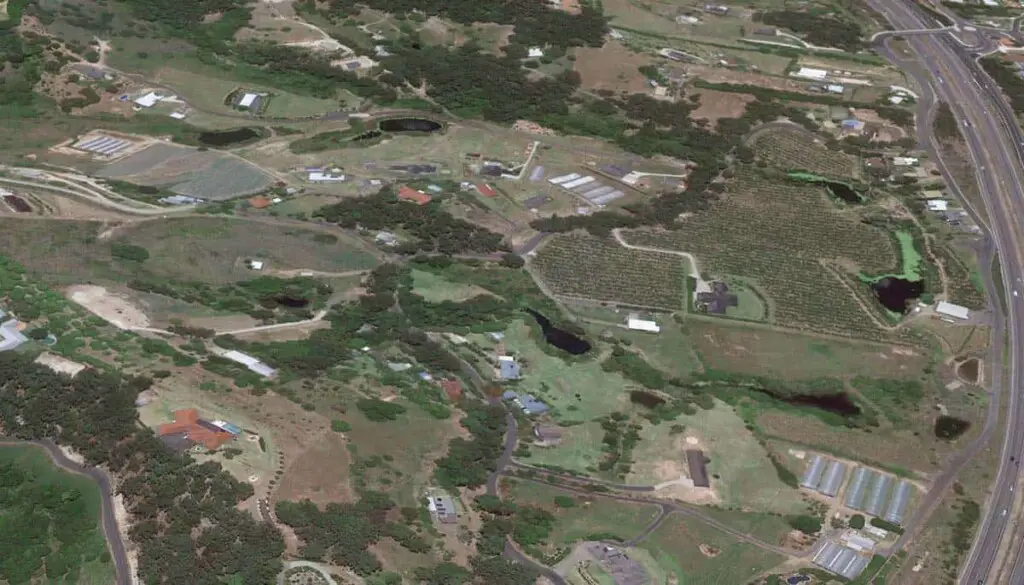
Remember also that many birds have exceptional eyesight that is much better than our own. The image above is from 583m above ground and most small birds would not fly this high. From a lower altitude, they would still be able to make out our birdbaths and any puddles or other small bodies of water.
Discover the incredible way in which birds see the world in this article here on my blog.
Following Rain Clouds
Most birds have the ability to get a higher view of the world but what about those unfortunate birds that can’t fly? How do they go about finding water from ground level?
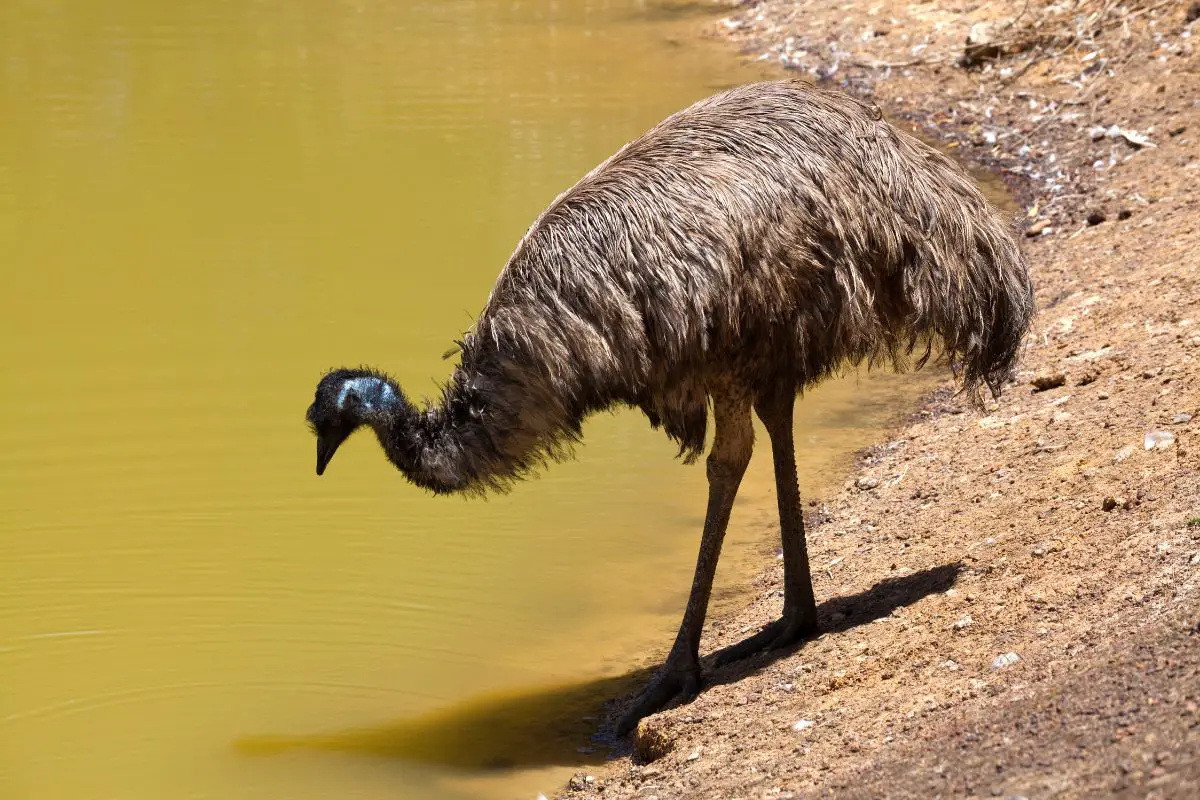
The iconic flightless bird from Australia, the Emu, follows rainclouds in order to find water. Emus will migrate distances of over 450km in search of food and water.
It seems they depend on the sight of rainclouds but may also gain directional cues from thunder or lightning. It is even thought that the smell of wet ground may help them navigate to water sources.
Read more about Australia’s amazing flightless birds in this article here on my site.
Passing Down Information
In the same way that humans pass down information from generation to generation, birds also do this. We know where to get food, water, and shelter because the methods for doing so were passed down to us by our parents, and from their parents down to them, and so on…
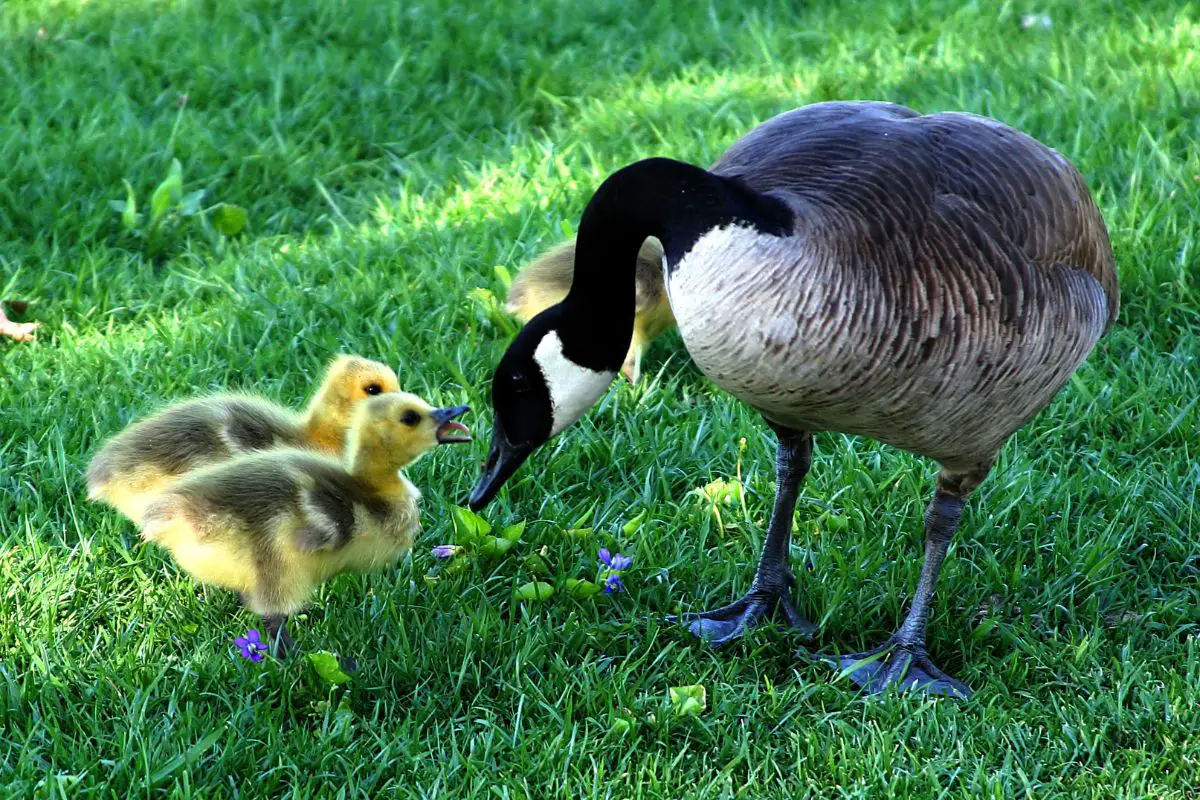
Migratory birds will follow the same flight paths year after year and stop at the same places to rest, breed and feed. This information seems to be programmed into them at birth which sounds a little unbelievable but consider the abilities some humans have at really early ages.
Studies have been done at the National Academy of Sciences show that young chickens have instinctual reactions to predators soon after hatching. I go into more detail about this in my Why Are Birds Scared Of Humans – Are we that bad? article. Is it that unbelievable then that other birds could also be born with instinctual information about where to find food and water?
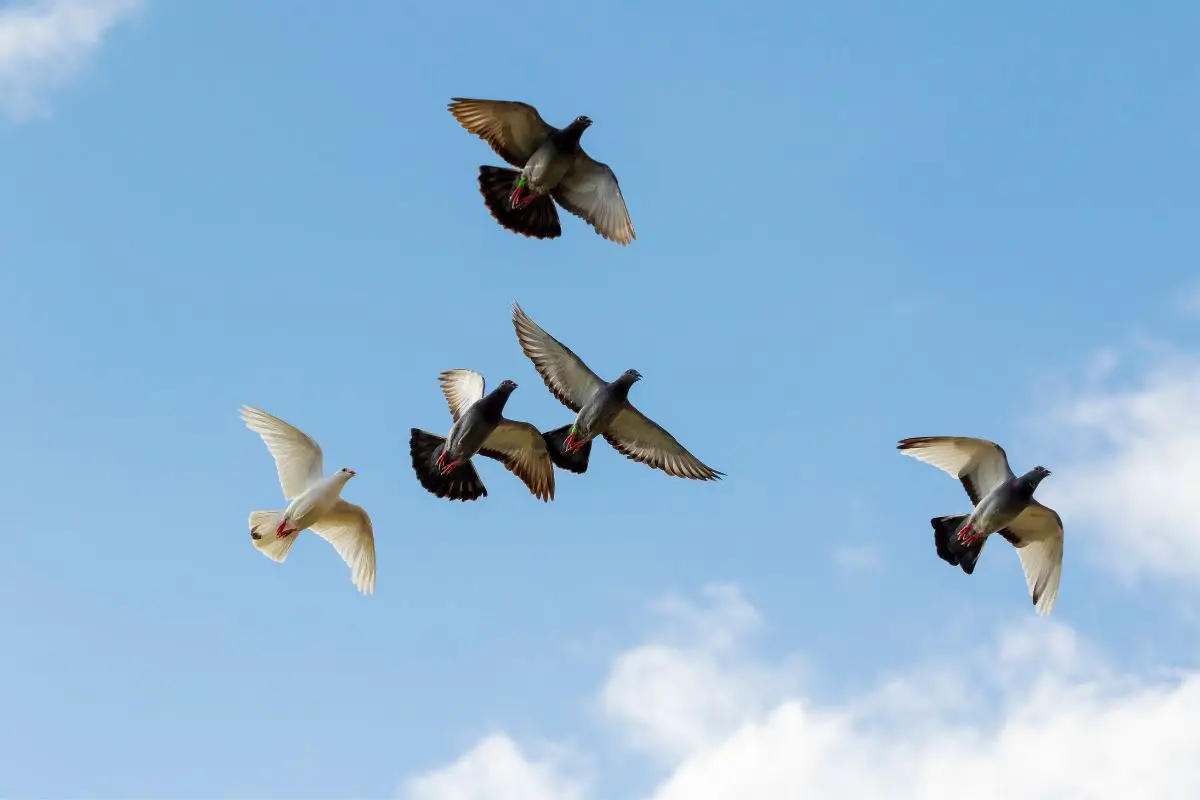
If the idea of birds genetically inheriting the locations of water sources is too far-fetched for you, simply consider the act of passing down this information from adults to young via learned behavior. Studies have been done on Homing Pigeons by behavioral biologists and seem to show that those birds learn the most efficient routes back to their roost by building upon the information from previous generations. This is called cumulative cultural evolution.
It does not seem that much of a stretch to assume that generations of birds could learn the locations of good water sources from birds that have come before them. Obviously, this would apply to lakes, ponds, rivers, or other normally permanent sources of water and not our backyard birdbaths.
Water From Dew And Rain
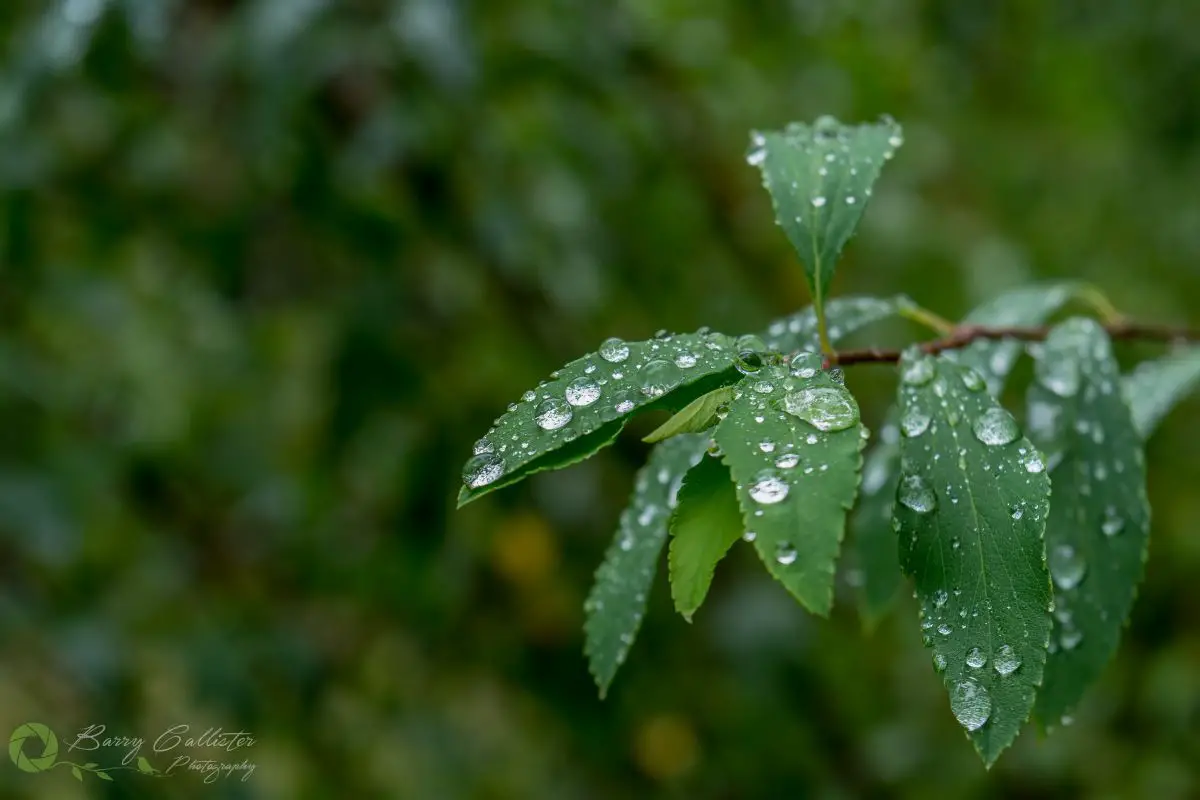
Birds don’t actually need to drink a lot of water, most of the water they need comes from their food. They have no sweat glands and therefore only lose water through respiration and in their droppings.
Birds that eat insects ingest most of their water through their food. Seed-eating birds however need to drink more as their diet is much drier.
A lot of birds will get water from rain or dew on the leaves of plants or grass. Tiny birds such as Hummingbirds or Chickadees even bathe on leaves filled with water from rain. Watch the birds in your backyard, you may just catch them sipping a drop of water from a leaf or blade of grass.
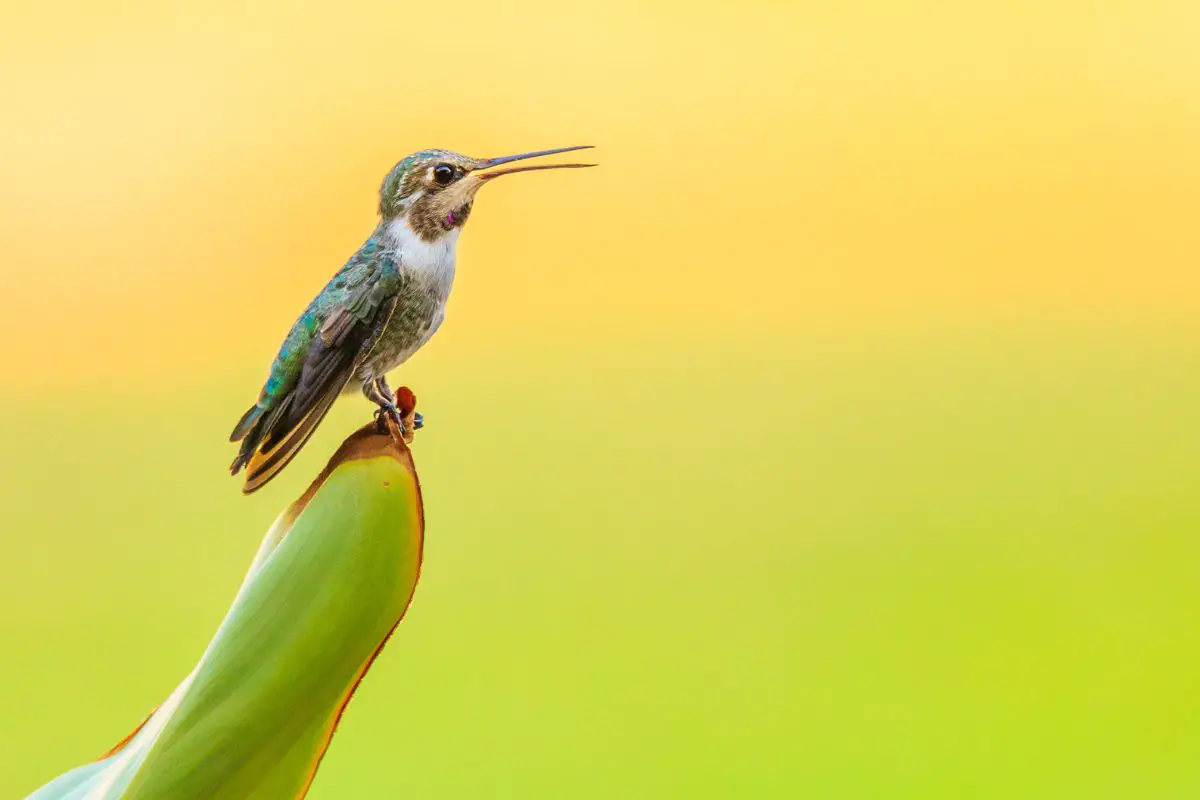
Moving Water Will Attract Birds
If you are concerned that birds are not visiting your backyard birdbath, consider adding a fountain to it. Birds find moving water almost irresistible!
Try this post for some great bird bath ideas to attract more birds to your garden.
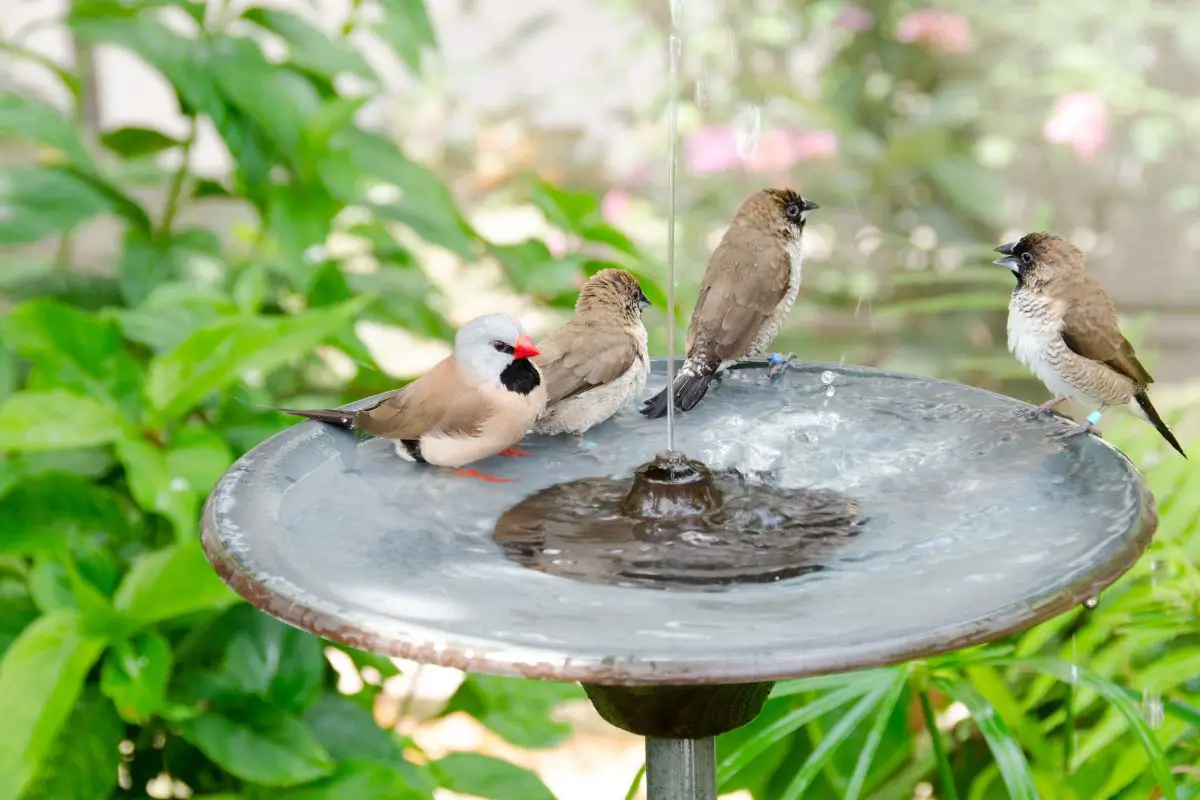
Perhaps it’s the sound or even the glistening of the light on moving water that attracts them, who knows? At any rate, they love it and seem to be able to find it whenever they need to.
Birds need to keep their feathers clean in order to regulate their body temperature effectively. Without doing this they can die so it is very important for them. I also imagine that flying is not so easy with dirty, matted feathers so keeping them clean is important for flight.
Perhaps the moving water makes bathing easier for them. Who knows, it may even just be a lot more fun for them to splash around in moving water.
References
- Incredible Birds – John Townsend
- Projects For The Birders Garden – Fern Marshall Bradley
- Think only humans can build on the knowledge of previous generations? Meet these pigeons – Elizabeth Pennizi
- Emu – Smithsonian’s National Zoo & Conservation Biology Institute
- Where Do Birds Get Water? – Bird Watchers General Store
